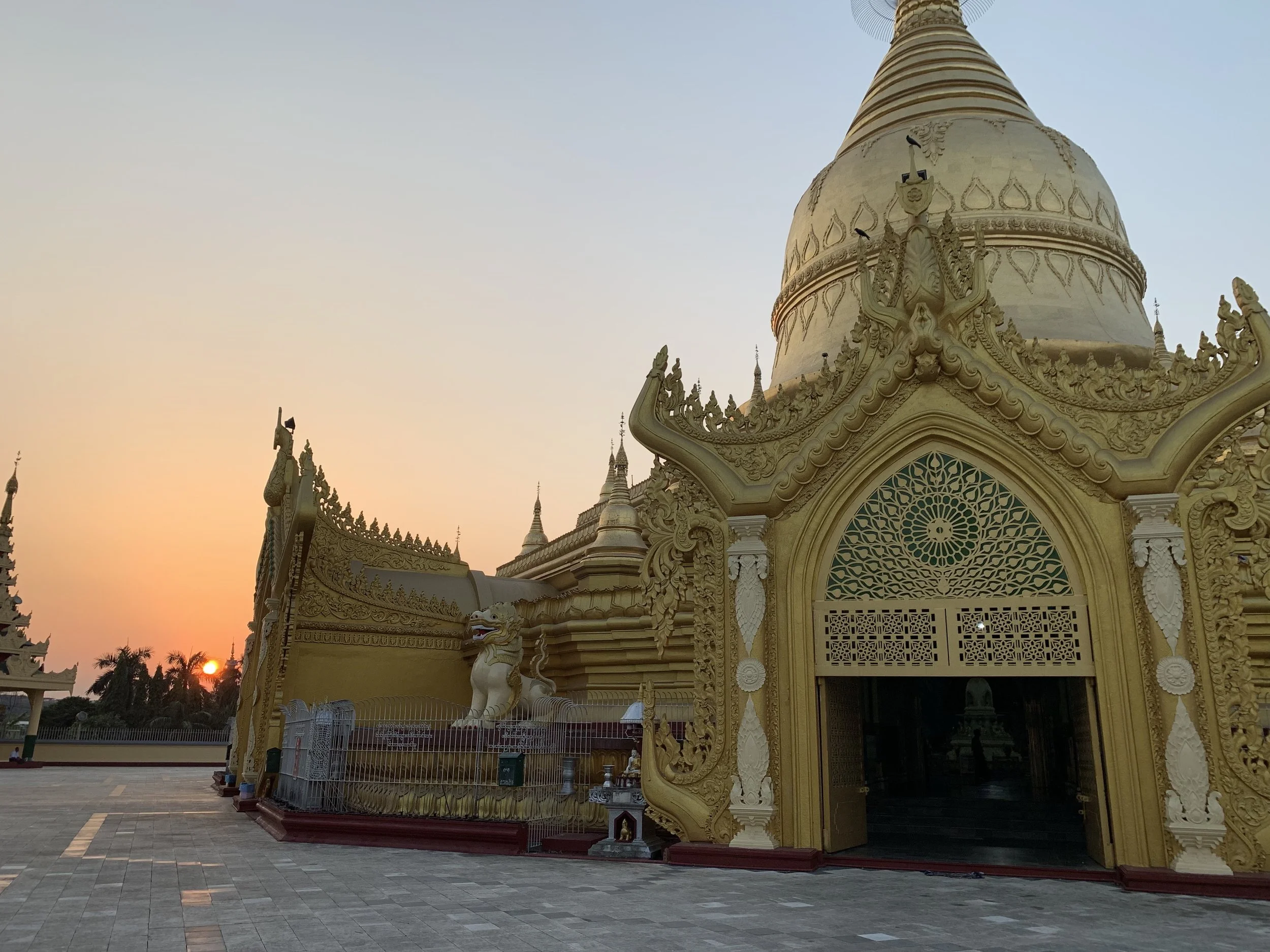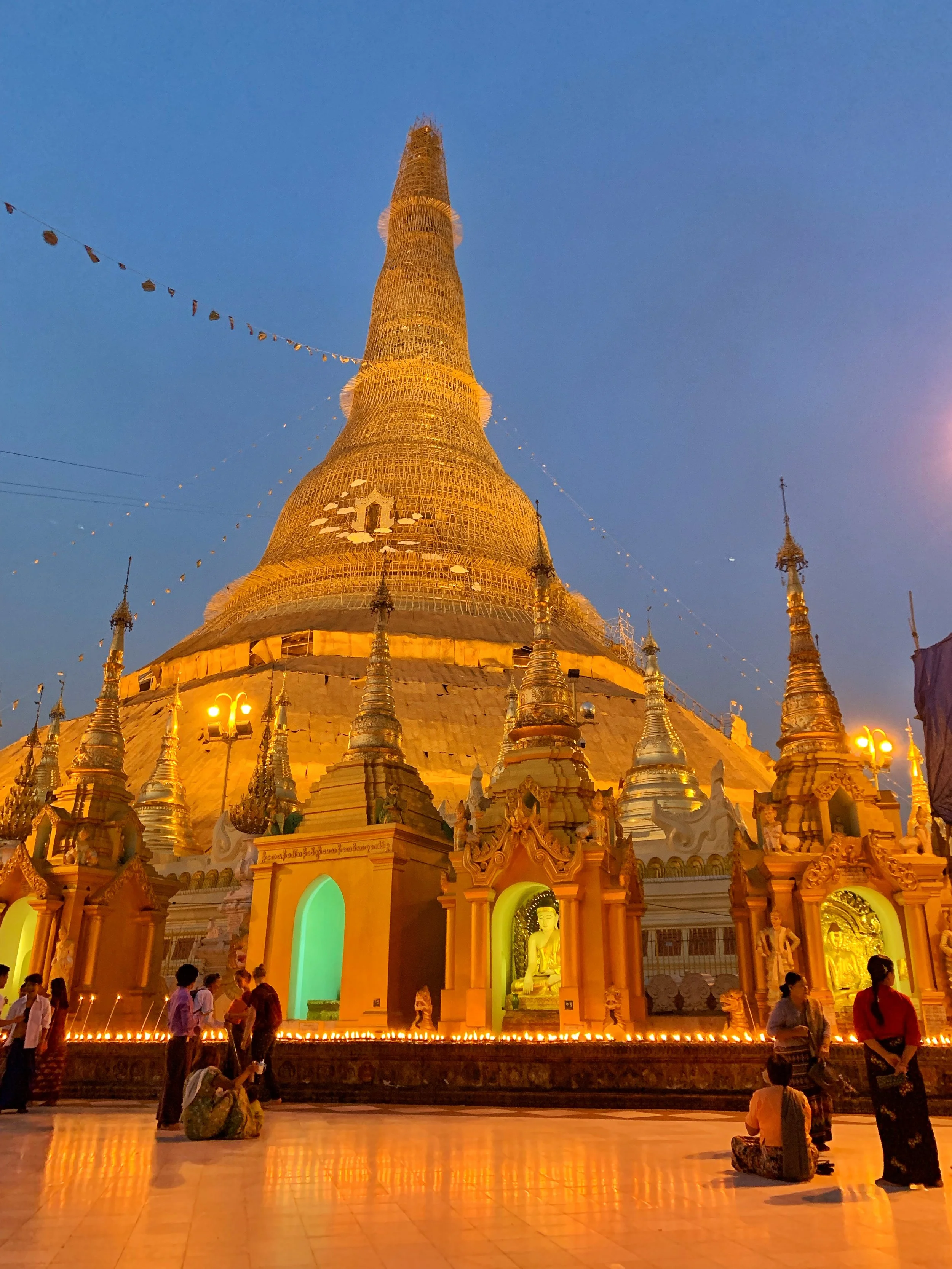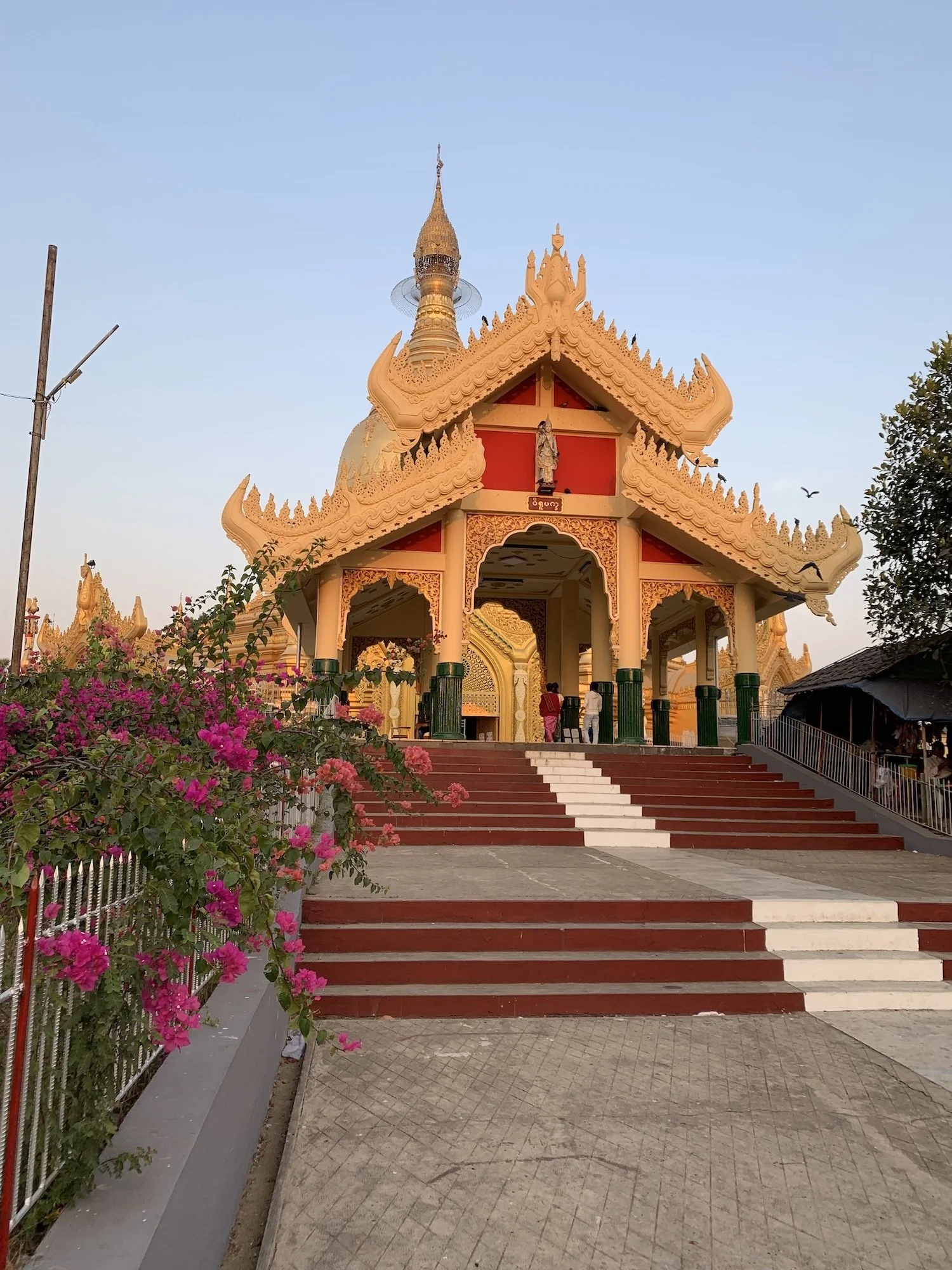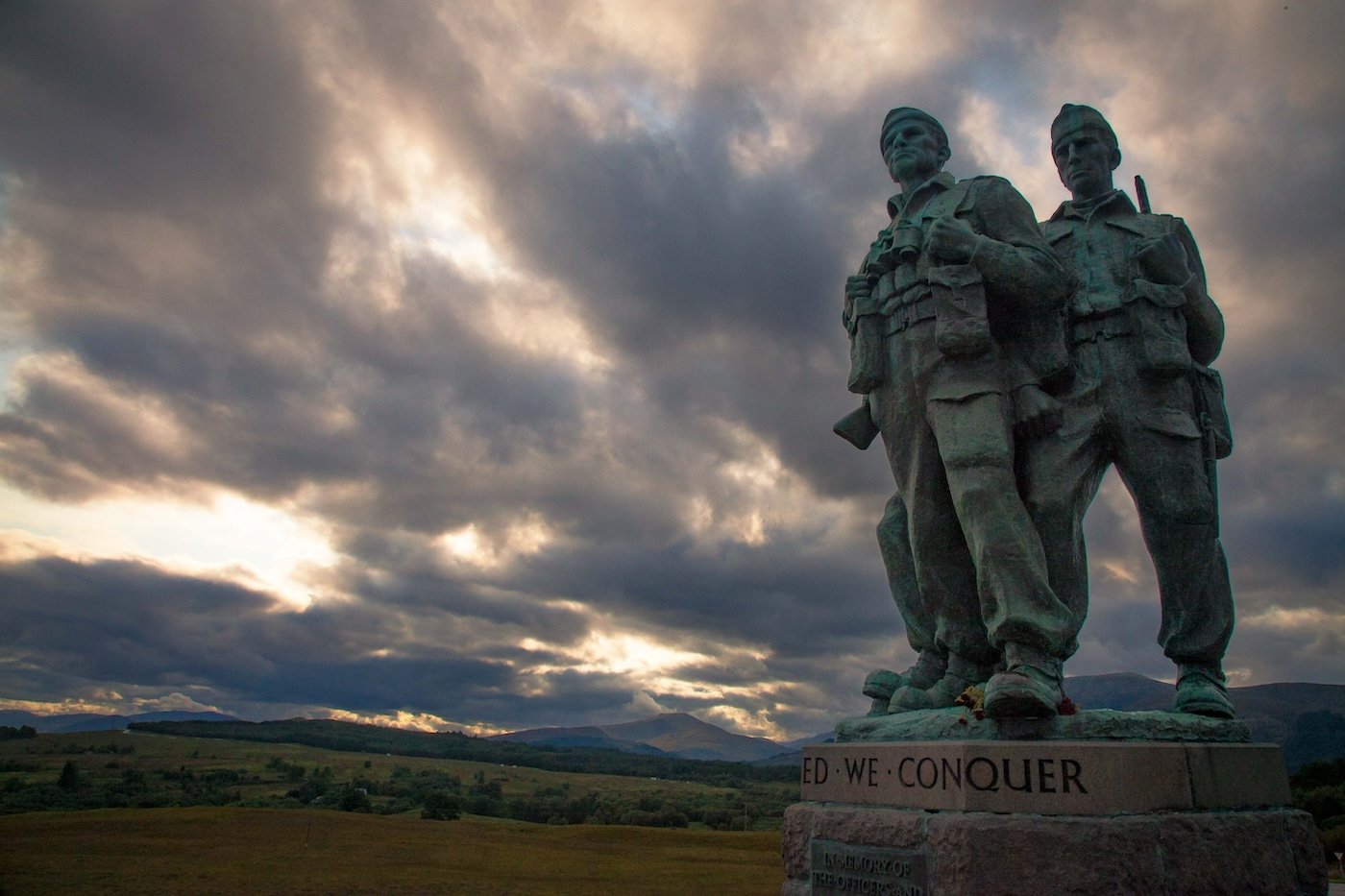Exploring beautiful Yangon, Myanmar, as a solo traveller
In spring 2019, I was delighted to travel to Yangon, the capital of Myanmar, to work with an organisation to help make their organisation more resilient. The trip left an indelible mark that has stayed with for many years afterwards.
The beautiful Shwedagon Pagoda site - Image credit: Haus of Hiatus
The exquisite architecture was made even more impressive by the wonderful sunsets, and made me regret leaving my digital camera at home! Image credit: Haus of Hiatus
Yangon, formerly known as Rangoon, is the largest city and the former capital of Myanmar (which was formerly known as Burma). Located in the southern part of the country, Yangon serves as a major economic, cultural, and commercial hub. It has a rich history and offers a fascinating blend of tradition and modernity.
But before I travel there, I have to read up on the place, as I can see it has suffered from challenges in the recent past, and it’ll be my first-time visiting the country.
My research tells me that Yangon has a long and storied history that dates back to ancient times. The area where the city stands today has been inhabited for over 2,500 years and was originally a small fishing village called ‘Dagon’ until it was chosen as the capital of British Burma in 1852. Under British rule, the city developed rapidly and became an important port and commercial centre.
Seeing the incredible Shwedagon Pagoda
The most impressive sight I get to see on my trip, is the Shwedagon Pagoda, an iconic golden pagoda that holds the highest reverence among religious sites in the country. Standing at an impressive height of 99 metres, this pagoda is adorned with thousands of diamonds and other precious stones, creating a radiant and awe-inspiring sight.
Believed to enshrine sacred relics, the Shwedagon Pagoda is of profound significance to Buddhists. It is said to house relics associated with Gautama Buddha, the historical Buddha, including eight strands of hair from his head and a piece of his robe. Additionally, relics attributed to the three previous Buddhas of our present era are also enshrined here. These relics include a water filter linked to Konagamana Buddha, the staff of Kakusandha Buddha, and a piece of robe believed to have belonged to Kassapa Buddha.
Seeing the incredible Shwedagon Pagoda - even more stunning than my pictures can do justice! - Image credit: Haus of Hiatus
Image credit: Haus of Hiatus
As the most revered pilgrimage site for Buddhists in Myanmar, the Shwedagon Pagoda draws devotees from across the globe, and stands as a symbol of Myanmar's deep-rooted Buddhist heritage and spiritual devotion.
I pass by other visitors who’re interested to see this incredible landmark, and am stopped by 2 local men, a monk and his father. In broken English, he tells me that he’s incredibly happy to see visitors here and asks if we can take a photo together. I reluctantly agree and we stop a passer-by to take some photos using his phone.
Ordinarily, I’d be a little weary of this and would generally make an excuse to get out of there, however, I choose to trust my gut instinct that this isn’t something untoward and a genuine cultural exchange taking place – the kind of thing that makes my soul light up. I give the stranger my phone to take a photo also, whilst trying to repress the criticism I’d get from my peers if this moment resulted in a phone theft or worse.
My time as an advisor in the BBC refined my risk management abilities, however social intelligence plays a big part in this and so it can be challenging to override the natural assumption that it’s best to avoid all risks during solo travel.
The monk and his dear father.
Hanging out with skateboarders
Ever since I was a kid, I’ve had a fascination with extreme sports, dabbling with downhill mountain biking and being mildly obsessed with playing Tony Hawk’s pro skater video games as a teenager, however I spot a skateboard park and a couple of teens performing tricks inside, so I politely ask if can watch them ride and take some photos with my phone.
Not long ago, I’d visited Afghanistan to document the growing adventure sports scene that had been growing there. I’d visited a freestyle mountain bike team, a parkour team, skiers hoping to represent the country at Olympic level, ultrarunners, a wrestling gym, and more – so the idea that sports could be a great medium to help communities recover from the trauma of war was already deeply embedded in me.
A young man skating around the park was clearly talented and could grind the rails, pop kickflips, and direct the board to do what he wanted, so I hung around for a few minutes. It’s another cultural exchange that I hadn’t expected to take place, but so glad that it had done. Whilst it was unlikely that others would visit it, it helped me to realise that I wanted to play a bigger part in helping people and organisations develop their resilience.
Walking around Yangon.
Wanting to get more of feel for the city, I walk past a big, beautiful lake and see some stray dogs sleeping beside it in the stunning sunshine. I often catch locals watching me and know the sight of a 6 ft westerner is something that isn’t often seen walking around these streets, so I’m sure to stick to main tourist areas and not try venturing too far away from the main places.
It’s warm and humid, so shirt and walking trousers is the perfect combo for exploring, as I want to see as much of the city as I can. But eventually, my days in the city are up and I must return to the UK for my next project in Malawi.











